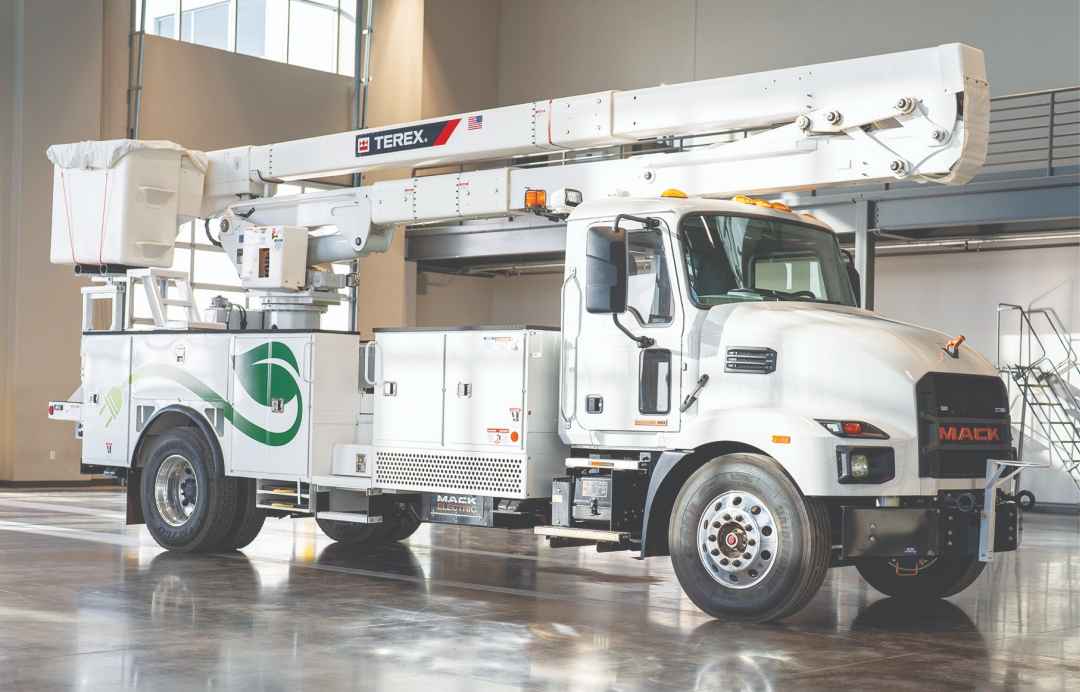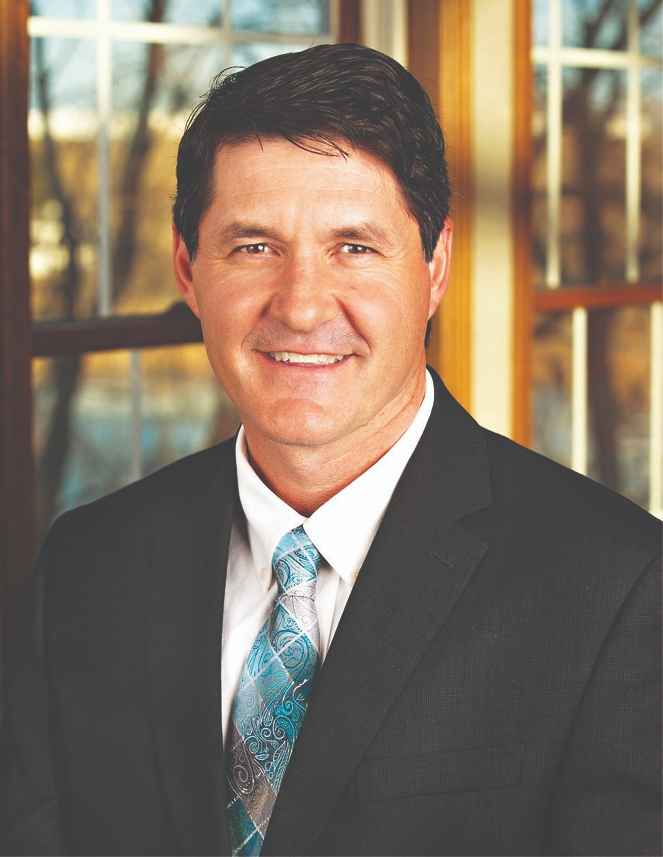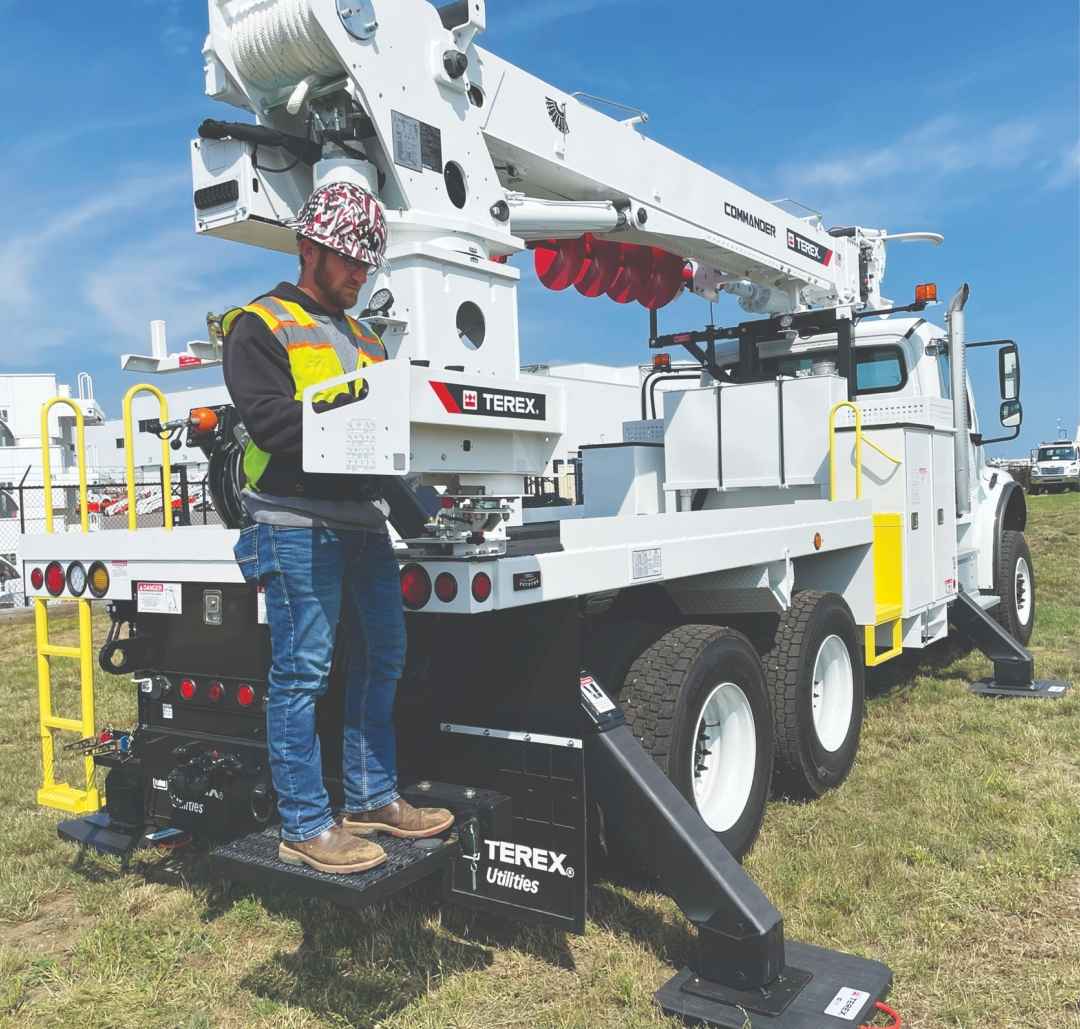
Keeping your eye on the ball, an idiom that originated in baseball, is hard enough when there’s only one thing to watch. But imagine what it’s like to need to stay focused on several responsibilities and a number of market segments at the same time. For Joe Caywood, it’s all in a day’s work.

As Director of Commercial Operations at Terex Utilities, a manufacturer of bucket trucks and digger derricks and a subsidiary in the Environmental Solutions segment of Terex Corporation, Caywood heads up marketing, product management, sales operations, technical support and warranties. “We serve a range of verticals, including investor-owned utilities, municipals, co-ops, contractors, tree care and the rental market,” he said. “Within those operations there are varying dynamics based on regions and customer objectives.
“Our customers are risk adverse and conservative, so their business needs don’t change fast. However, we still stay on top of current trends and needs when it comes to the applications of our equipment,” Caywood added. “The development path for equipment and technologies also has to account for new regulations, policies, and economic and other factors.”
One clear trend in the utility market that Terex Utilities is addressing, according to Caywood, is growth in rental equipment needs. “It’s becoming a bigger part of many operations so we’re seeing demand for insulated diggers derricks and bucket trucks increase,” he said. “Rising energy needs, especially for data centers, and infrastructure projects for power lines and substations have driven that growth and will for the foreseeable future.
“With the exception of load growth, whether from population or industrialization such as data centers, utilities generally have a mature fleet primarily driven by replacement cycles,” Caywood continued. “However, many expansion projects and sustainability initiatives are in a state of flux regarding the direction that projects are taking. Utilities are leveraging contractors that utilize rental equipment to meet changing needs without making a significant capital investment.
Driving Equipment Needs
“Equipment demand has been impacted as well, in recent years and currently, by other factors,” Caywood also related. “While the industry has mostly satisfied pent-up demand caused by COVID, a new variable will be the effect that tariffs might have.”
“A change for fleets today, and for manufacturers, has been the need to account for longer lead times,” Caywood continued. “In the past, an order placed in January would be delivered in the same calendar year. Now the cycle is longer than a year in many cases, and especially for highly configured equipment. It requires forward planning and rethinking the timeline for sourcing equipment.”
In some ways, Caywood noted, it’s about chassis availability. At the same time, just in time manufacturing means equipment is built to match orders and there is not inventory on hand if a quick replacement or purchase is required. For companies like Terex Utilities, that means managing OEM chassis allocations, especially for customers requiring smaller volumes of equipment.
Not to be ignored either are costs, which are being impacted by the higher price anticipated for EPA 2027 emissions compliant engines and more recently surcharges that are kicking in as a result of tariffs. “We have an advantage in that our U.S.-based supply chain can be a shock absorber against the costs that tariffs bring,” Caywood pointed out, “but we’re already seeing chassis surcharges becoming a component in truck pricing.”
Terex Utilities is also looking inward to find ways to offset higher costs and better serve customers. Internally, improvement possibilities in manufacturing operations are addressed as often as daily and weekly, and there are monthly and quarterly progress reviews. The company is also planning to expand equipment installation capacity to offer better lead times to customers.
Ongoing Design Challenges
In terms of equipment design, Caywood noted, managing weight is an ongoing challenge to address. “Chassis and bodies are getting heavier, and booms are getting longer, so the question is how to build equipment without adding weight and losing capacity,” he said. “How to continue to optimize designs to remove weight and maintain functionality to get the work done at greater heights is a balancing act that requires we look at everything and find ways to drive innovation.”

The development path for all the equipment Terex Utilities offers is ultimately driven by one thing, according to Caywood. “For customers, regardless of their objectives, there has to be a business case for implementation,” he said. “Electric and hybrid vehicle and ePTO technology are good examples. We’re fully committed to offering a range of solutions and are not stopping development of the technologies, and at the same time we’re working with customers to help them make smart decisions driven by their business needs.”
Caywood is also quick to acknowledge that part of that decision today is based on workforce dynamics and the ongoing staffing needs that utilities are addressing. “Our technologies have to support younger and older line crew members and service technicians because they interact differently with equipment,” he explained. “As a result, our development efforts are focused on traditional and next generation solutions to meet a range of customer desires.”
On the equipment and technology front, Terex Utilities has made several significant announcements:
Making Wise Investments
For Caywood, who has served in a variety of roles at Terex Utilities and Genie over the past 22 years, leveraging synergies across technologies is a wise investment for the manufacturer and its customers. “Each of the vocations we serve has its own challenges, so we’re focused on finding solutions that provide safety, cost and productivity benefits,” he said. “With that approach, we can offer added value and help drive a positive outlook for the entire industry.”